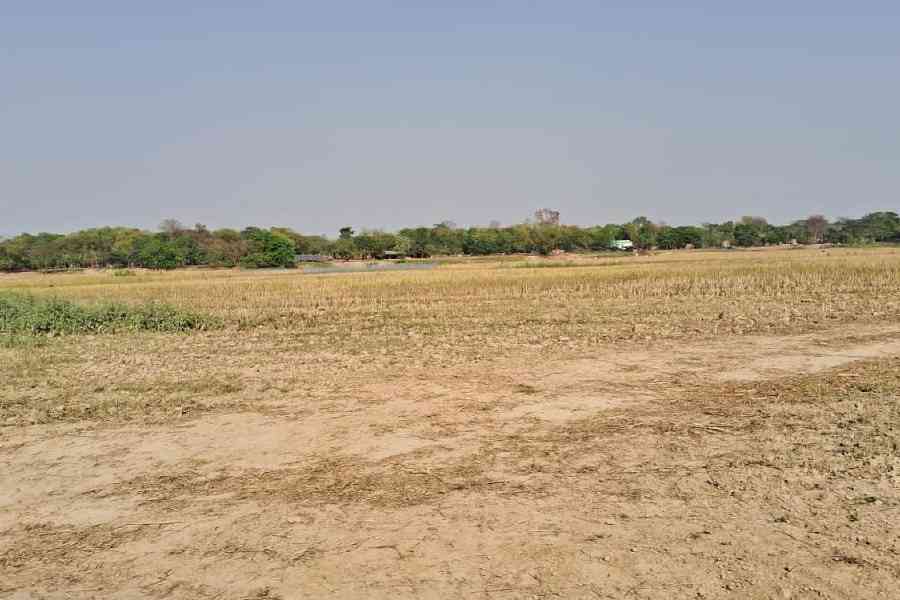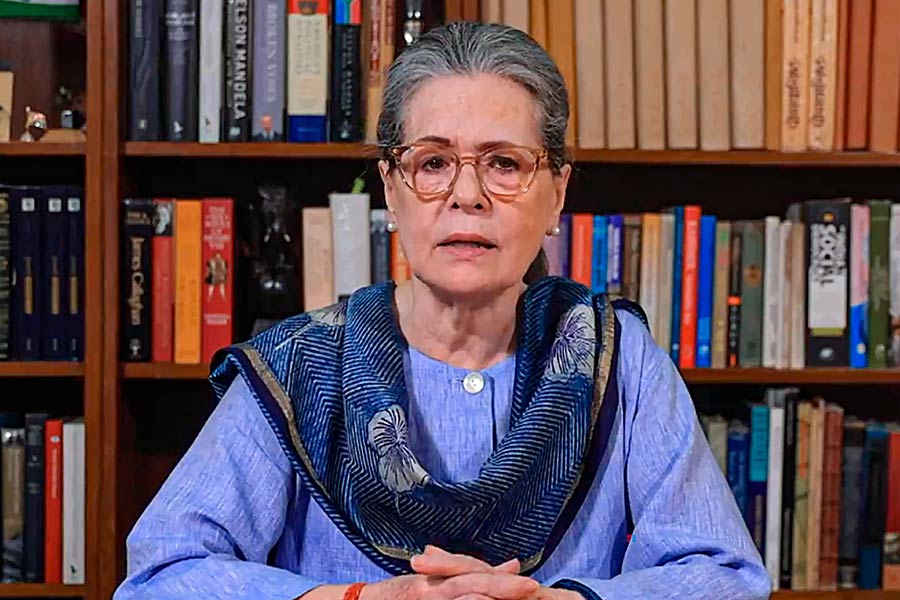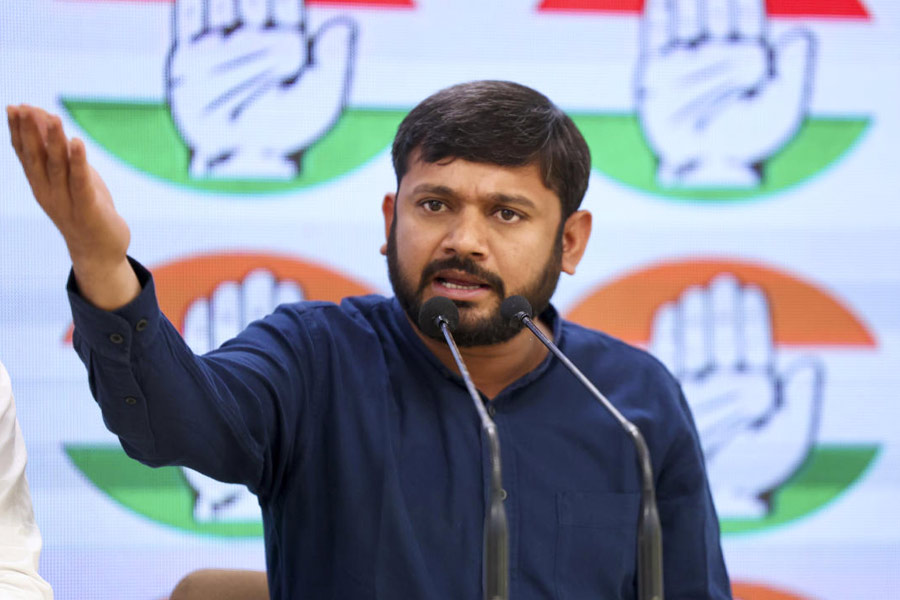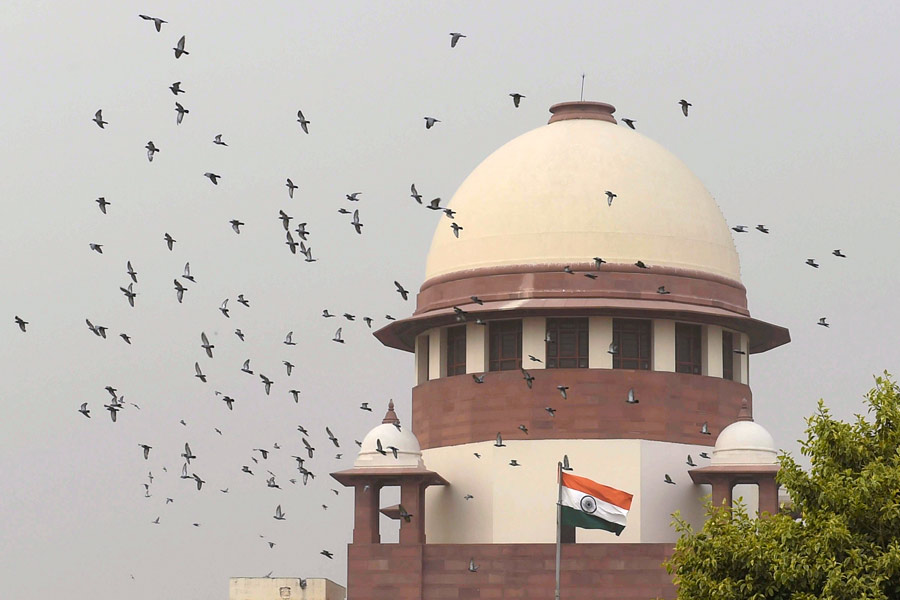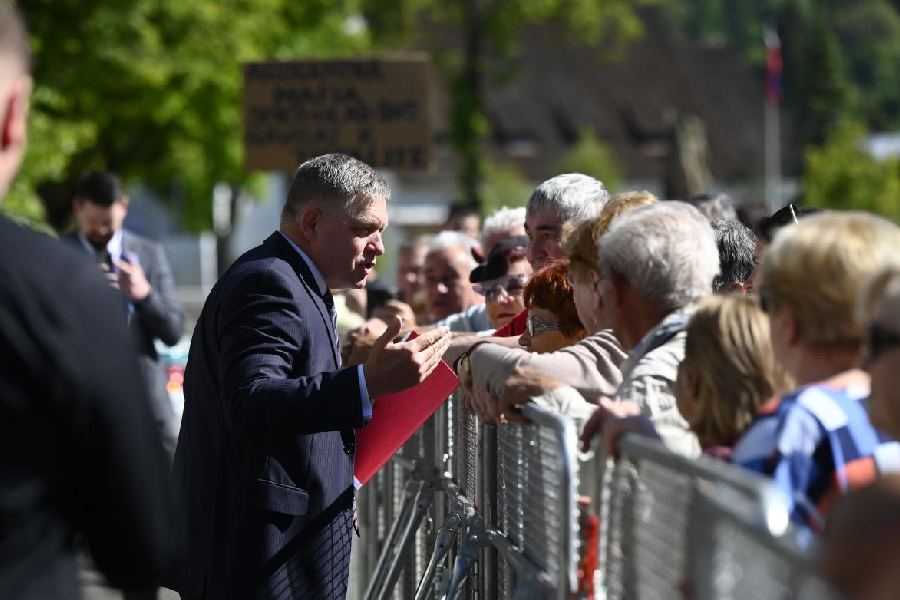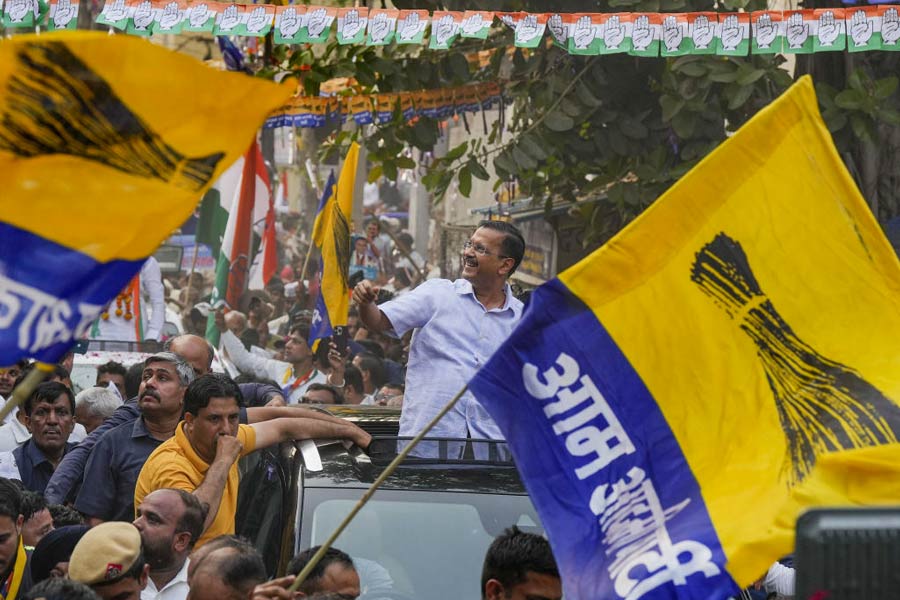Development hasn’t reached the isolated pockets of Murshidabad but Lakshmir Bhandar has.
For the over hundred thousand people residing in different chars or river islands in Murshidabad, daily life is a struggle. The areas, cut off from the rest of the mainland, lack basic facilities like power and healthcare. But what is sustaining the families is the money the womenfolk are getting under the state government’s Lakshmir Bhandar scheme, like the 2.1 crore other beneficiaries across Bengal.
“We don’t have several basic facilities like roads, electricity, hospitals and schools. We find it difficult to live in these isolated places. But the benefits of Lakshmir Bhandar have made our battle against the odds a little easier,” says Mariyam Khatun (40), a resident of Charkrishnapur in Bhagabangola Assembly segment under Murshidabad Lok Sabha constituency.
Sources in the district administration said more than 25,000 women living in various chars get the benefits of Lakshmir Bhandar. Initially, when the scheme was introduced soon after the 2021 Assembly polls, they used to get ₹500 per month. But from April 1 this year, they have been getting ₹1,000 per month as the state government increased the benefit for women in the general category by ₹500.
“We cannot deny that several basic facilities could not be extended to these areas. But we did not leave any stone unturned to offer the benefits of Lakshmir Bhandar to the eligible women of the chars,” said a senior district official, who didn’t wish to be named.
The majority of the people in the chars are labourers, earning wages between ₹200 and ₹250 daily. The Lakshmir Bhandar helps their families to meet their everyday needs in these remote areas.
“Before the scheme was introduced, we had to run the family with about ₹6,000 or ₹7,000 a month depending on the work available. But since the Lakshmir Bhandar was introduced, we got some relief with the ₹500 a month we got. Now, we are getting ₹1,000 a month and we can run the family better,” says Sikha Das, a resident of Udaynagarkhanda in Jalangi.
The beneficiaries have to cross the Bhagirathi river to reach the nearby banks to withdraw the amount every month. But that’s a small effort to make.
“The bank accounts were opened when the authorities had set up the Duare Sarkar camps in the chars. Within two-three months we had started getting the benefits. Yes, we need to go to the mainland by crossing the river every month to withdraw money, but we don’t have any complaint because the amount helps us a lot,” says Sima Khatun (28), another beneficiary from Charkrishnapur in Bhagabangola.
Chars or river islands are important depositional landforms of rivers. Many chars develop in the lower course of the Ganga — which in the case of Murshidabad is the Bhagirathi river. Some of them are habitable.
The chars usually raise their heads on the other side of the river after a portion of the riverbank has eroded. After some time, the chars are settled and people who lost their homes due to the erosion often set up their dwelling units on them. As the chars are marked as land vested with the government, the district authorities issue pattas to those who live on them as compensation for the plots lost owing to the erosion.
In Murshidabad, there are several chars where people were forced to reside since erosion washed away large chunks of riverbanks along the Bhagirathi. Majority
of the chars are located in the Murshidabad Lok Sabha constituency.
Among the major such inhabited islands is Charkrishnapur in the Bhagabangola Assembly segment where about 35,000 people live. Mahatab Colony in Jalangi houses nearly 30,000 people.
The Trinamool and the CPM accuse each other for the lack of basic facilities in the areas, but both parties admit that the people residing in the chars are suffering.
Baki Billah, a Trinamool gram panchayat member of Nirmal Char, said the Left Front government did not do anything for their island, one of the oldest such chars where people started residing since the 1990s.
“After our government came to power in 2011, we set up a sushi siksha kendra (SSK) in the area. But it is true that high schools and hospitals could not be set up as these are isolated places and communication with the mainland is dependent on boats only,” said Billah.
Former CPM MLA from Jalangi, Yunus Sarkar, refuted the allegations, saying the Left Front government had extended education and health facilities to the nearly 15,000 people living in different chars in Jalangi.
“It was during the Left Front tenure when some SSKs were set up in the area. We had plans to set up primary health centres on the chars. But the Trinamool-led government did nothing for the chars,” alleges Sarkar.
People of the chars said the political charges against each other would not help them.
The Trinamool is banking on the goodwill that Lakshmir Bhandar has generated among the char voters.
“Lakshmir Bhandar has been a big help to the poor who otherwise live much-deprived lives. The party stands to reap the dividend of this government initiative in this poll,” says Billah.
Murshidabad votes on May 7

